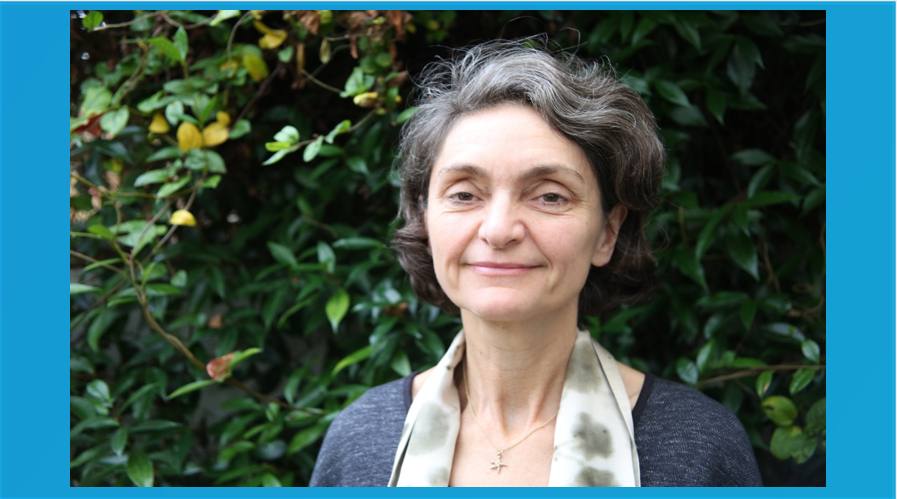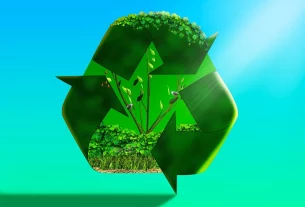[ad_1]
In our ‘Field Diaries’ series, The Applied Ecologist is sharing stories from a range of different fieldwork experiences. In this post, Cassandra Dummett shares her story researching options to protect the peatlands of the central Congo Basin.
Tell us about yourself
I am Cassandra Dummett, and I work at University College London as a Development Specialist.
What project are you currently working on that you have undertaken fieldwork for?
I am researching options to protect the peatlands of the central Congo Basin and the livelihoods that depend on them.
The project is a collaboration between the University of London, under Professor Simon Lewis and Marien Ngouabi University (MNU) in the Republic of Congo.
I recently returned from a month of fieldwork in the central Cuvette (watershed) of the Republic of Congo. I and my colleague from MNU camped in villages on the edge of the peatlands and used qualitative methods to understand how people use the peatlands, and the benefits they provide to local populations. We also conducted stakeholder interviews with local government and businesses about their interests in and benefits from the peatlands.
We will analyse this data and conduct a literature review to develop recommendations for the protection of the peatlands and the livelihoods that depend on them.
Memorable moments in the field include a guided walk in the peat swamp forest. The water overtopped our boots, and, as peaty blackwater, it was hard to see the roots that we were stepping on, and one leg would sometimes sink deep into the peat, and need all muscle power to pull it free. At one point the water got much deeper – I hung my camera from a tree and we waded chest-deep in swamp, guided by our village guides, visiting fishing nets they needed to check for fish. One catfish was caught in a net, hard to disentangle because of its spikes and whiskers.
Our guides pointed out forest resources they use. This included the inner heart of a Raphia sese tree, all the outer layers cut away to reveal a tender pale core that was tender and juicy to eat. A welcome forest snack.
The R. sese tree provides food in more ways than one. The fruit can be eaten, and can be crushed to make cooking oil. The sap can be tapped for palm wine. The rotten trunk of dead trees is food for palm grubs which are high in protein.
At another point, a red plant was glimpsed growing at ground level in the mud on the edge of the water. This was “tondolo”, and the red fruit, shaped like bell peppers, opened up to reveal a speckled white flesh like dragon fruit.
Trees were identified for their hardwood properties, used as pillars or rafters to build houses, for thatch, and for their medicinal properties.
Why is this project important?
Our research shows that the peat swamp forest is a valuable source of livelihoods for the people who live near it.
It is inaccessible to businesses who have an interest in exploiting timber (it is too expensive to log in peat swamp forest) and as yet there is no largescale conversion to palm oil or other industrial agriculture.
The government wants to secure a revenue from the peatlands. They extend for 5.5 million hectares. The government passed a law prohibiting industrial exploitation in the peatlands. The government is calling for the international community to finance the protection of the peatlands as a globally important carbon store.
The peatlands of the Congo Basin store 30 billion tonnes of carbon. This is equivalent to three years of global greenhouse gas emissions. One third of this is in the peatlands of the Republic of Congo. The international community has an interest in protecting this carbon store for the long term.

Next steps
The next steps is to undertake research into the options for the conservation and sustainable management of the peatlands. Financial mechanisms and models of just and equitable benefit sharing between government and local populations also need to be identified.
There is common ground between stakeholders and a shared interest in protecting the peatlands of the central Cuvette in the Congo Basin. There is a window of opportunity to protect them, as a source of livelihoods to local people, as a habitat for biodiversity and as a globally important carbon store.
Where can we find more information?
For more information, please go to this link.
[ad_2]





